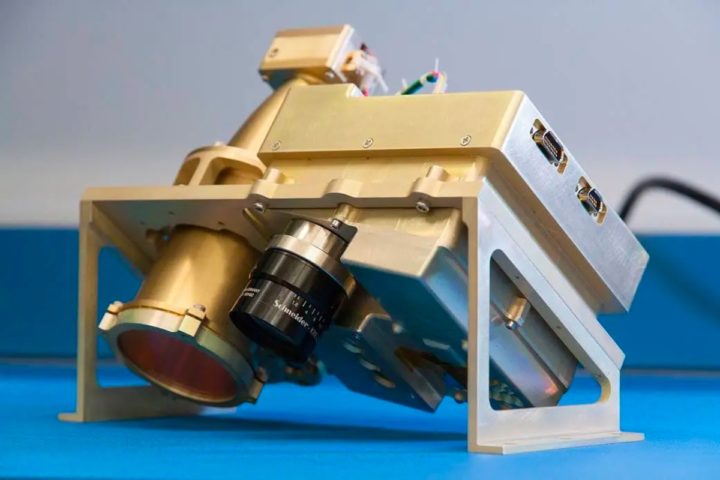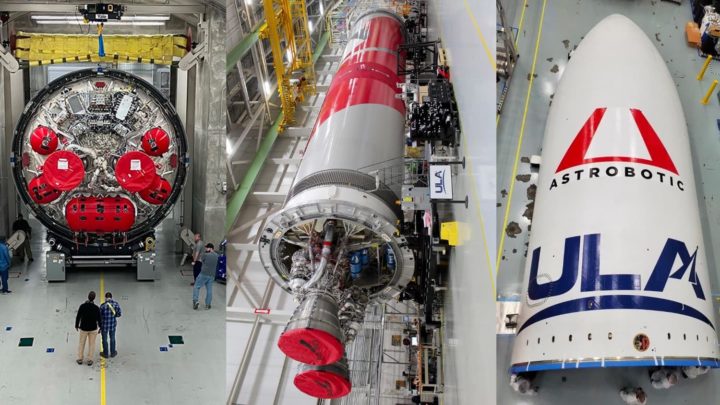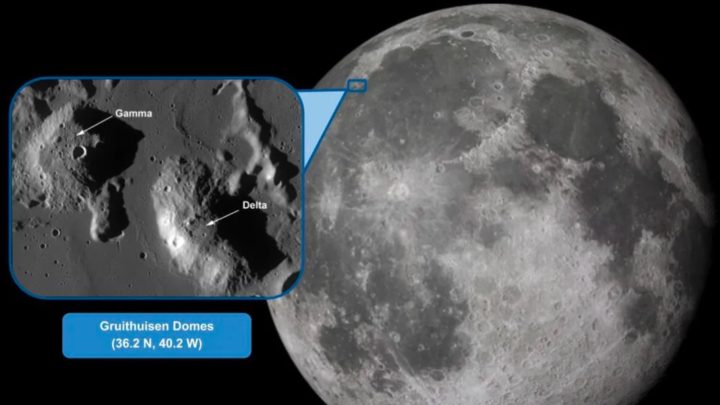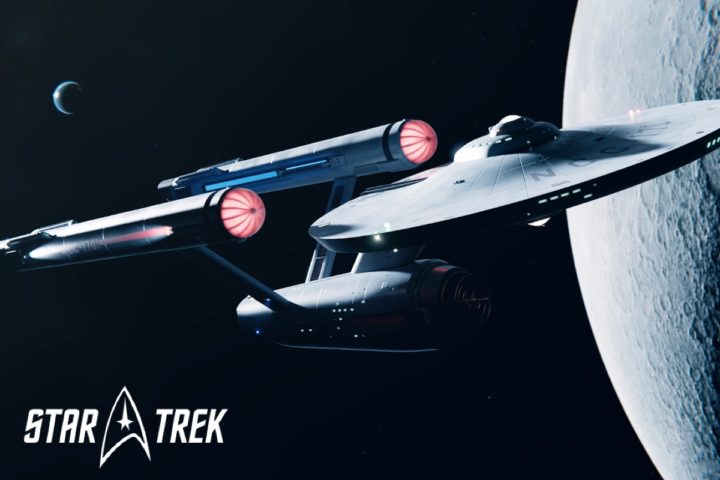A rocket full of scientific instruments, technological tools, and… Bitcoin (literally) is about to head towards the surface of the moon. The idea is good, despite its strangeness. But will the trip be paid for in cryptocurrencies?
NASA returns to landing on the moon after 52 years
The flight costs will not be paid, especially since United Launch Alliance's Vulcan Centaur rocket is funded by NASA. This orbital launch vehicle is expected to lift off in the early hours of January 8 from Cape Canaveral, Florida, to begin its approximately two-month journey.
After traveling about 385,000 kilometers, the Peregrine lander, which weighs about 1.3 tons, and was built by the private space company Astrobotic, is expected to reach... Groythuisen domesIn the Sinus Viscositatis region of the Moon, if successful, it will be the first American landing on an Earth satellite since NASA's Apollo 17 mission in 1972.
According to what was shared, this The flight to our satellite carries more than 20 payloads from six countriesWhich will be part of the flight of the Peregrine spacecraft - some intended for research and others for purely symbolic gestures before the planned landing of the Artemis astronauts at the end of this decade.
Technology and strange scenes on board
NASA intends to use a number of new analysis instruments and technology on board the lander, including a volatile near-infrared spectrometer system (Nervs) that it Neutron spectrometer system (NSS) is designed to identify materials such as water on the surface of the moon.

Near Infrared Volatile Spectrometer Subsystem (NIRVSS)
One Retro laser reflector array The LRA will also provide incredibly accurate measurements of the distance between the Moon and Earth, instead Linear energy transfer spectrometer LETS will evaluate radiation from the lunar surface to increase the safety of future astronauts.
Such as LETS, radiation detector M-42 From Germany will analyze the potential risks of the mission, while the "robot swarm ColminaThe mexicans will unfold and assemble to form a solar panel.
Additionally, and not to be outdone, the Iris Lunar rover built by students at Carnegie Mellon University could become the first American robot to reach the moon, if all goes as planned.
Equally important is the MoonArk time capsule, also sent by the university, which contains poems, music, nanometer-scale objects, samples and images from Earth.
Lua will also have its own Bitcoin
Despite much industry criticism, part of Vulcan's stock will also focus on cryptocurrency - namely Bitcoin. Thanks to BitMex and Bitcoin Magazine, a physical bitcoin engraved with a private cryptographic key will be deposited on the moon for recovery by “future explorers,” along with some other shiny crypto goodies.
While the main goal is to represent humanity's future on the moon, next week's launch also includes literal traces of its past. Two commemorative space companies, Celestis and Elysium Space, will also have payload aboard the Vulcan rocket: DNA from legendary science fiction author Arthur C. Clarke, as well as the cremated ashes of several of the original Star Trek actors and the show's creator. Gene Roddenberry.
And all of this is just part of the larger inventory scheduled to travel aboard a Vulcan rocket next week. For a more in-depth look at additional information about the payload, including a piece of Mount Everest, visit Gizmodo.

“Coffee trailblazer. Social media ninja. Unapologetic web guru. Friendly music fan. Alcohol fanatic.”




